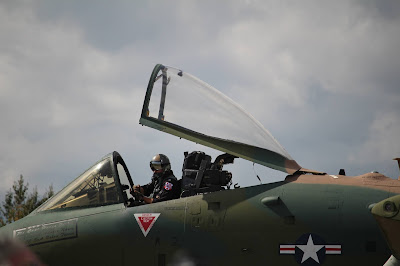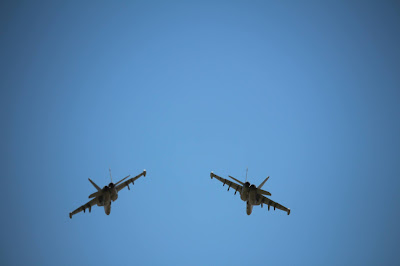There is very little to keep us coming back to Churchill, and yet we do.
This was the fourth visit for Audrey and I, and I am confident we will go back again. But why?
Part of it is that we have family up there who also happen to be great, great people. I know another part of it is bringing someone new to experience Churchill, like Fenya's boyfriend Bobby.
The biggest reason though might be that visiting Churchill feels a little less like a vacation and just a bit more akin to an adventure.
It is a remote northern town of less than 700 souls, inaccessible by roads - you can arrive by plane, train or (theoretically) boat. Despite its diminutive size, Churchill can often be spied on world maps (including the CIA World Map). Perhaps this is due to its
deepwater port, or perhaps just because it is an area of the map that looks better with a name in it. Either way, it is the very edge of our nation and a surprisingly accessible bit of peri-frontier.
The town began to pivot to eco-tourism years ago, and not a moment too soon, since OmniTRAX closed the port in 2016. People come here during the summer to see belugas and all manner of birds including arctic terns and bald eagles.
But obviously the big draw is the polar bears.
(For better bear pictures please check out my
2013 post!)
It is important to note though, that these massive ursines are not there for the tourists, they are there for themselves, impatiently waiting for sea ice to form on Hudson's Bay so they can get back to the ice floes and start eating seals. They endure increasingly hot and increasingly lengthy summers in a state of waking hibernation, and will occasionally shamble into the town looking for food.
Such incursions are not regular or everyday occurrences to be sure, but the possibility of an apex predator wandering down the street at any given moment is everpresent. We were in Churchill for five days, and on two of those days we could hear the honking of truck horns and the telltale sounds of cracker shells and shotgun blasts as conservation officers dissuaded ursus maritimus from venturing further into the town.
Two nights ago, Fenya messaged us to say that she had spied a bear from the living room window of the house we had stayed in while visiting her a week prior.
The juxtaposition of shopping for t-shirts or using a debit card to buy pizza to eat on the train in a place where humans are not the top of the food chain in Churchill is absolutely mind-boggling to me.
In light of this, the other factors fade in comparison, even the weather. Our boat trip to Prince of Wales Fort was cancelled due to 70 km\h winds gusting to 90, so we went out into this 7 degree Celsius maelstrom ("feels like 2 degrees") to see it for ourselves. And watching the waves batter the beach or the rocks at Cape Merry was impressive, and maybe even intimidating, but we never stopped looking for bears.
Someday I would love to go work a summer and bear season in Churchill, but in my heart of hearts I know it would be irresponsible for me to live there. I lack the surety and the self-reliance of most Churchillians, and I am confident my lack of focus would result in my daydreaming on my way to work and ending up as an entree for Canada's largest carnivore.
But the people who live in Churchill are not just surviving there, but thriving. They organized an online variety show to help people deal with COVID isolation, and we watched in order to hear Fenya sing, but stayed to watch people share themselves in the most earnest manner imaginable.
And a massive art project -
SeaWalls Churchill - launched just before the rail line was washed out in 2017 has transformed many of the bleak walls around Churchill into bold statements about both ecology and northern isolation. Like all large-scale art installations, they diminish when photographed, but remain a brilliant testimony to the uniqueness of this place.
There is a documentary about the SeaWalls Churchill project you can watch
courtesy of the CBC - I haven't checked it out yet, but the trailer certainly looks compelling.
Could you perhaps replicate the experience by installing a number of cages within an art gallery containing bears, wolves and wolverines and then equipping them with random time-release locks? Possibly, but even if you could, it would feel too contrived to be a true adventure and not just a stunt.
Every year the winters get shorter and the bear counts are beginning to drop. Who knows how much longer Churchill will remain the "Polar Bear Capital of the World"? When anyone asks me about Churchill, I encourage them to visit there if it is at all possible, and the sooner the better. Everyone we have brought up there would like to return, if possible.
In my heart, I know we will be back. I hope it is before too long, and I hope we bring more new people to experience this amazing place where convenience and adventure jostle for priority.














































